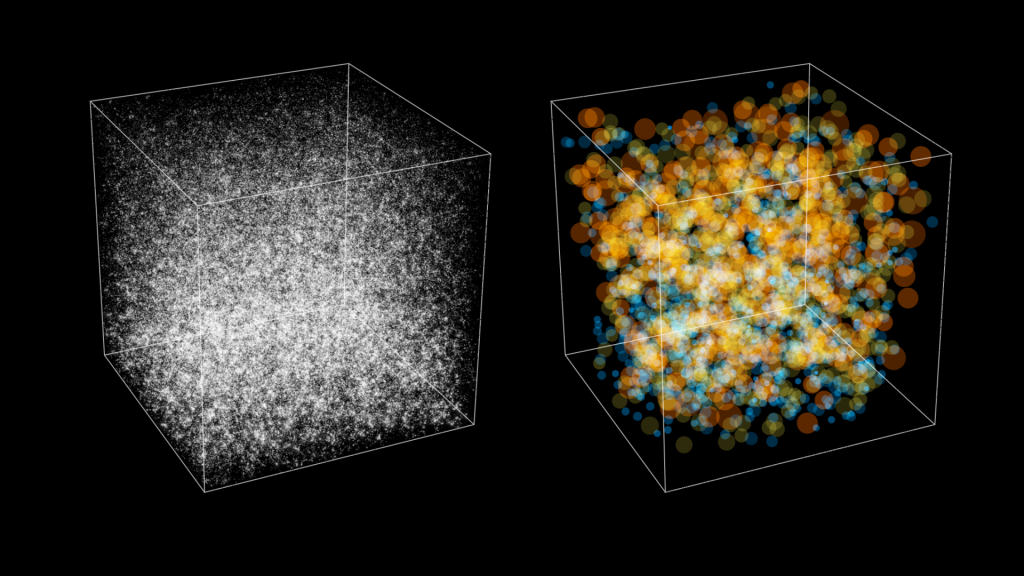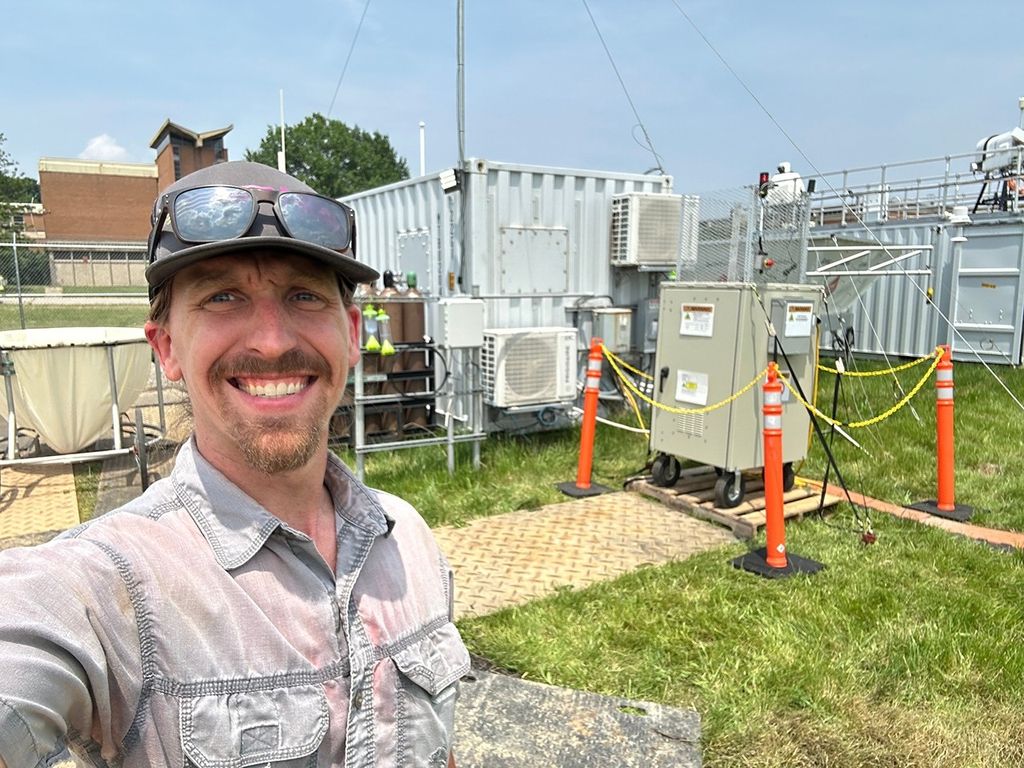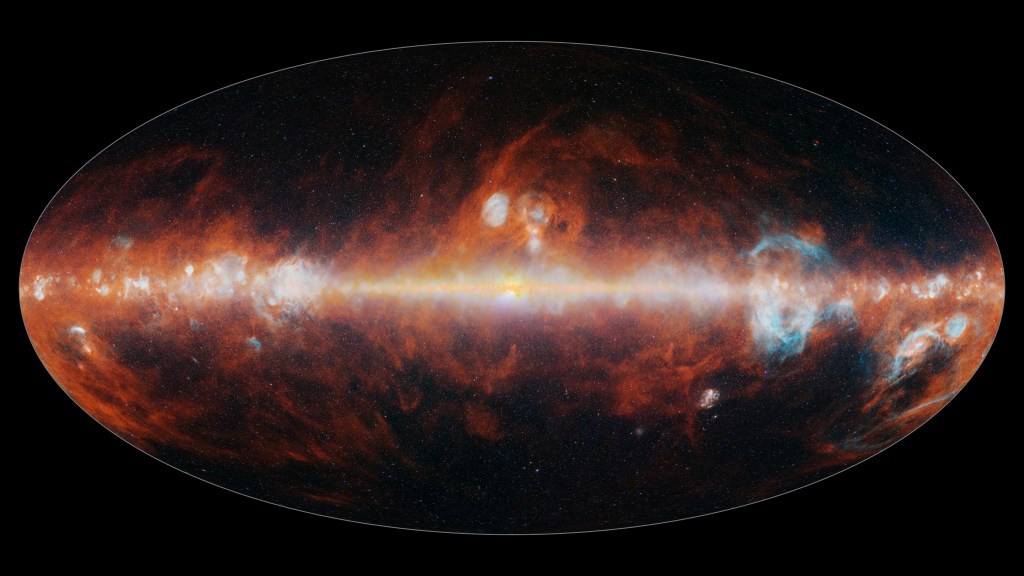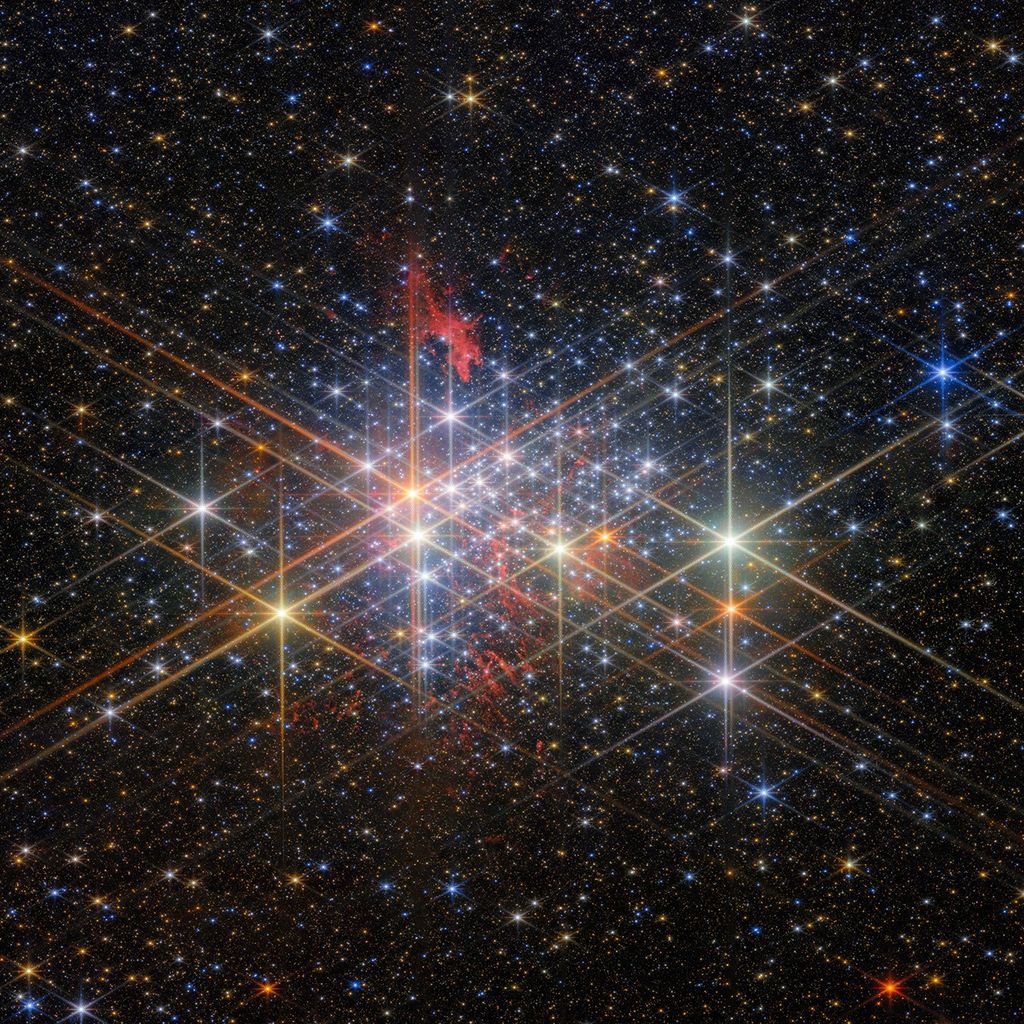NASA’s Earth science missions have continued to demonstrate remarkable adaptability and innovation, balancing the legacy of long-standing satellites with the momentum of cutting-edge new technologies. The Terra platform, the first of three Earth Observing System flagship missions, has been in orbit since December 1999. Over a quarter-century later, four of its five instruments continue to deliver valuable data, despite recent power challenges. As of this writing, Terra’s Advanced Spaceborne Thermal Emission and Reflection Radiometer (ASTER) – Visible–Near Infrared (VNIR) and Thermal Infrared (TIR) bands, Multi-angle Imaging SpectroRadiometer (MISR), Moderate Resolution Imaging Spectroradiometer (MODIS), and one of the two Clouds and the Earth’s Radiant Energy Systems (CERES) instruments onboard, are all still producing science data. For reasons explained below, only the Measurement of Pollution in the Troposphere (MOPITT) instrument has been shut down completely, after 25 years of successful operations. The longevity of the Terra instruments is credited to Terra’s instrument team members, who have skillfully adjusted operations to compensate for the reduction in power and extend Terra’s scientific contributions for as long as possible.
Terra has been experiencing power-based limitations caused by platform orbital changes and solar array impacts. On November 28, 2024, one of Terra’s power-transmitting shunt units failed. A response team reviewed Terra’s status, and discussed potential impacts and options. Consequently, the team changed the battery charge rate and reduced spacecraft power demands by placing the ASTER instrument into safe mode.
In order to maintain power margins, the Terra team also moved the MOPITT instrument from science mode into safe mode on February 4, 2025, ceasing data collection. On April 9, 2025, the Terra project determined that additional power was needed for the platform and MOPITT was moved from safe mode and fully turned off, ending the instrument’s carbon monoxide data record of near-global coverage every three days.
MOPITT was the Canadian Space Agency’s (CSA) contribution to the Earth Observing System. Launched as part of Terra’s payload in 1999, it became the longest-running air quality monitor in space, and the longest continuously operating Canadian space mission in history. MOPITT’s specific focus was on the distribution, transport, sources, and sinks of carbon monoxide (CO) in the troposphere – see Figure. The spectrometer’s marquee Earthdata products have included MOPITT Near Real-Time Datasets and offerings from the MOPITT Science Investigator-led Processing System (MOPITT SIPS). From tracking pollution from wildfires to providing data that informs international climate agreements, MOPITT served as a powerful tool for gathering data about pollution in the lowest portion of Earth’s atmosphere, informing research, policies, and even helping to advance forecasting models used by scientists worldwide. Congratulations to the MOPITT team for 25 years of groundbreaking science and international collaboration!
As chance would have it, the MOPITT Team had planned a 25th anniversary celebration in April, 10–11, 2025, at CSA headquarters in Longueuil, Quebec and online – which began one day after the instrument was shut down. The celebration was a fitting closeout to the MOPITT mission and a celebration of its accomplishments. Over the two days, more than 45 speakers shared memories and presented findings from MOPITT’s quarter-century record of atmospheric carbon monoxide monitoring. Its data showed a global decline in carbon monoxide emissions over two decades and could also track the atmospheric transport of the gas from fires and industry from individual regions. MOPITT is a testament to remarkable international collaboration and achievement. As it is officially decommissioned, its data record will continue to drive research for years to come.
The Director General of the Canadian Space Agency—a key MOPITT partner—delivered remarks, and both Ken Jucks [NASA HQ— Program Manager for the Upper Atmosphere Research Program (UARP)] and Helen Worden [National Center for Atmospheric Research— MOPITT U.S. Principal Investigator] attended representing the U.S.
More information is available in a recently-released Terra blog post and on the Canadian Space Agency MOPITT website.
After continued investigation and monitoring of platform battery status, the Terra Flight Operations Team (FOT) determined there was sufficient power to resume imaging with ASTER’s VNIR bands, and as a result, ASTER once again began collecting VNIR data on January 17, 2025. Subsequently, ASTER resumed acquisitions for the TIR bands on April 15, 2025. (The ASTER Shortwave Infrared (SWIR) bands have been shut down since 2008).
As one long-serving mission sunsets its operations, new missions are stepping in to carry forward the legacy of Earth system science with fresh capabilities and approaches. Launched on May 25, 2023, the NASA Time-Resolved Observations of Precipitation structure and storm Intensity with a Constellation of Smallsats (TROPICS) mission provides a groundbreaking approach to studying tropical cyclones using a passive microwave sounder CubeSat constellation. TROPICS uses multiple small satellites flying in a carefully engineered formation to measure precipitation structure as well as temperature and humidity profiles both within and outside of storms.
Unlike traditional polar-orbiting satellites, TROPICS’ low-inclination orbits allow for hourly revisits over tropical regions, enabling scientists to better monitor storm structure, intensity changes, and key processes like upper-level warm core formation and convective bursts.
The mission has already significantly contributed to operational forecasting and scientific research. With over 10 billion observations to date, TROPICS data have been used to validate storm models, support early-warning systems, and improve forecasts for events like Hurricane Franklin and Typhoon Kong-rey. Collaborations with agencies like the National Hurricane Center and the Joint Typhoon Warning Center have shown the value of TROPICS channels, particularly the 204.8 GHz channel, in identifying storm structure and intensity. The data are publicly available through the Goddard Earth Sciences Data and Information Services Center (GES DISC), and TROPICS continues to set the stage for the next generation of rapid-revisit Earth observation missions. To read more about the last two years of successful science operations with TROPICS, see NASA’s TROPICS Mission: Offering Detailed Images and Analysis of Tropical Cyclones.
While some missions focus on monitoring atmospheric processes, others are expanding the frontiers of Earth observation in entirely different domains—ranging from seafloor mapping to land surface monitoring and beyond. NASA’s Ice, Clouds, and land Elevation Satellite–2 (ICESat-2) mission continues to provide critical data on Earth’s changing ice sheets, glaciers, and other environmental features. In March 2025, the satellite achieved a significant milestone by firing its two trillionth laser pulse, measuring clouds off the coast of East Antarctica. Despite challenges, such as a solar storm in May 2024 that temporarily disrupted operations, the mission has resumed full functionality, providing high-resolution data that has enabled scientists to map over 16 years of ice sheet changes. The mission’s advanced laser altimeter system, ATLAS, continues to deliver unprecedented detail in monitoring Earth’s changing ice sheets, glaciers, forests, and ocean floor.
The ICESat-2 Satellite-Derived Bathymetry (SDB) workshop, held on March 17, 2025, in conjunction with the US-Hydro meeting, brought together experts and stakeholders from government, academia, and industry to explore the current capabilities and future potential of satellite-based seafloor mapping. With over 2000 journal articles referencing ICESat-2 in the context of bathymetry, the workshop underscored the growing importance of this technology in coastal management, navigation, habitat monitoring, and disaster response. For more details, see the ICESat-2 Applications Team Hosts Satellite Bathymetry Workshop report.
As satellite technologies continue to evolve, so do the scientific communities that rely on them, bringing researchers together to share insights, refine data products, and explore new applications across a range of Earth and atmospheric science disciplines. As of early 2025, NASA’s Stratospheric Aerosol and Gas Experiment III (SAGE III) aboard the International Space Station (ISS) continues to provide critical insights into Earth’s atmospheric composition. In addition to scientific advancements, SAGE III/ISS has enhanced public accessibility to its data. In February 2025, the mission launched updates to its Quicklook and Expedited data portal, introducing a new 'Highlights' tab to showcase major stratospheric events and a 'Comparisons' tab for validating measurements with ground-based stations. These enhancements aim to make SAGE III/ISS data more accessible and increase its utilization for atmospheric research.
The most recent SAGE III/ISS Science Team Meeting took place in October 2024 at NASA Langley Research Center and was held in hybrid format. Around 50 scientists gathered to discuss recent advancements, mission updates, and future directions in upper troposphere–stratosphere (UTS) research. The SAGE III/ISS team celebrated eight years of continuous data collection aboard the ISS and presented Version 6.0 of SAGE III/ISS data products during the meeting, which addresses previous data biases and enhances aerosol profile recovery. Presentations also covered aerosol and cloud studies, lunar-based aerosol retrievals, and collaborative projects using data from multiple satellite platforms and instruments. To learn more, see the full Summary of the 2024 SAGE III/ISS Meeting.
Moving on to personnel announcements, I wish to extend my condolences to the friends and family of Dr. Stanley Sander, who passed away in March 2025. Sander devoted over 50 years to atmospheric science at NASA’s Jet Propulsion Laboratory, making groundbreaking contributions to stratospheric ozone research, air pollution, and climate science. His precise laboratory work on reaction kinetics and spectroscopy became foundational for atmospheric modeling and environmental policy, including the Montreal Protocol. Sander also played a key role in satellite calibration, mentored dozens of young scientists, and held several leadership positions at JPL. Remembered for his brilliance, humility, and kindness, his legacy endures through both his scientific achievements and the many lives he influenced. See In Memoriam: Dr. Stanley Sander.
On a happier, though bittersweet, note, my congratulations to Jack Kaye [NASA HQ—Associate Director for Research, Earth Science Division (ESD)] who retired from NASA on April 30, 2025, after 42 years of distinguished service. With a background in chemistry and atmospheric science, he played a leading role in NASA’s efforts to understand Earth’s atmosphere and climate using satellite data and modeling. Throughout his career, Kaye has held various key leadership positions, managed major missions, e.g., the series of Shuttle-based Atmospheric Laboratory of Applications and Science (ATLAS) experiments, and supported the development of early-career scientists. He also represented NASA in national and international science collaborations and advisory roles. Kaye received numerous awards, published extensively, and was widely recognized for his contributions to Earth science and global climate research. I extend my sincere thanks to Jack for his many years of vital leadership and lasting contributions to the global Earth science community!
Barry Lefer [NASA HQ—Tropospheric Composition Program Manager] has taken over as Acting Associate Director for Research in ESD. Reflecting on Kaye’s impact, Lefer said, “Jack has been a wonderful friend and mentor. The one thing about Jack that has had the biggest impact on me (besides his incredible memory) is his kindness. He has an enormous heart. He will be missed, but his impact on Earth Science will endure for a very long time!” See the full announcement, Jack Kaye Retires After a Storied Career at NASA.
Steve Platnick
EOS Senior Project Scientist




























